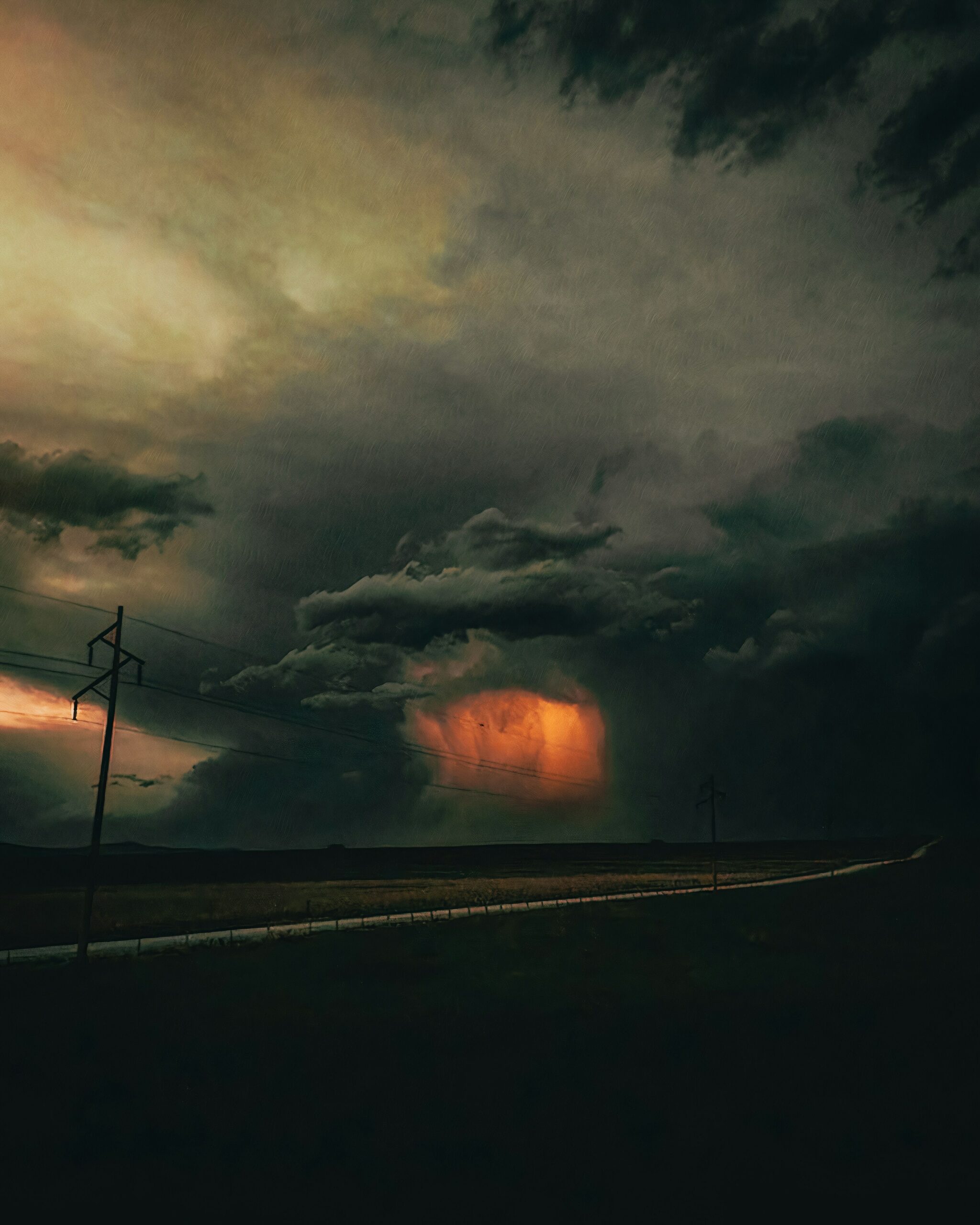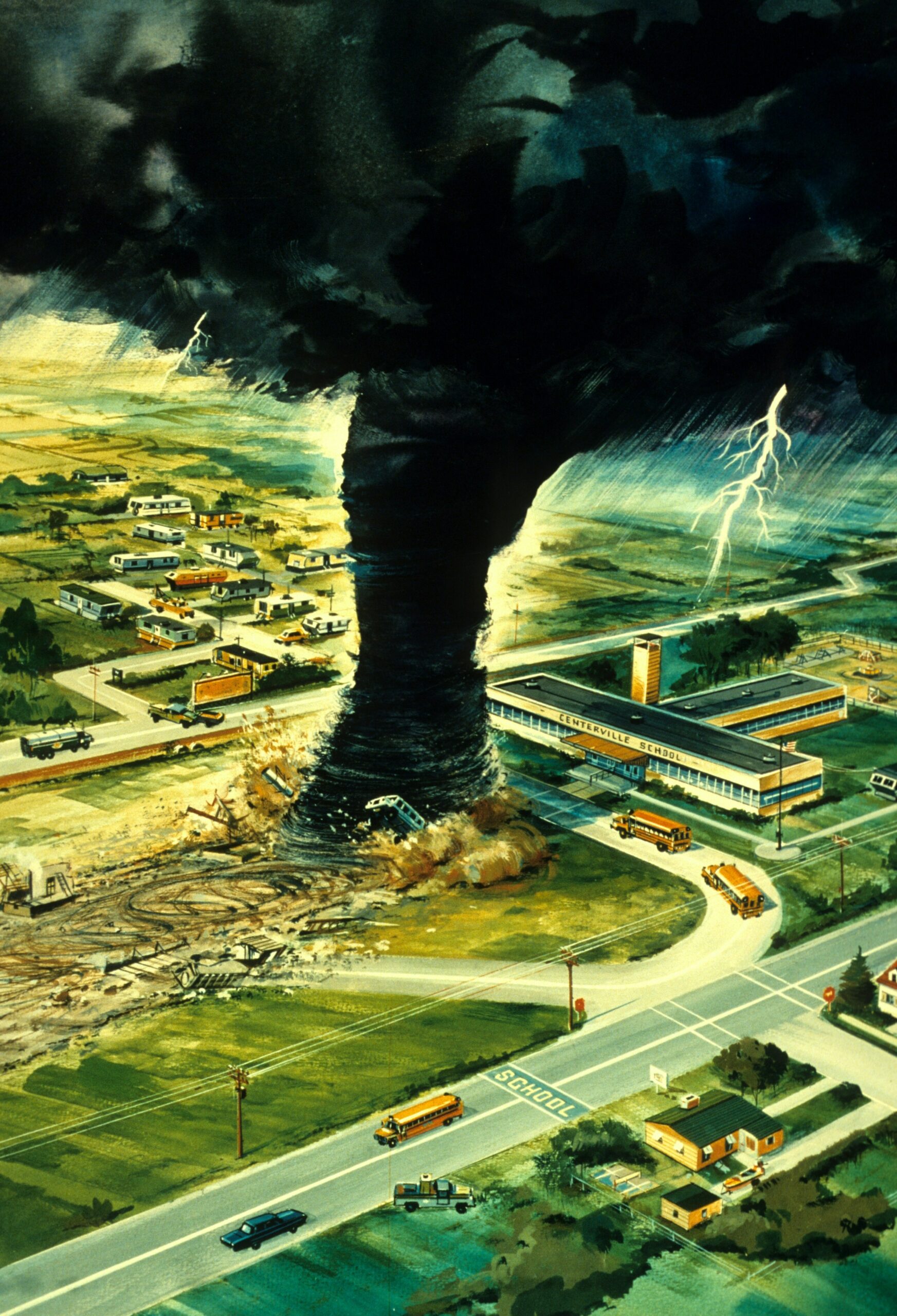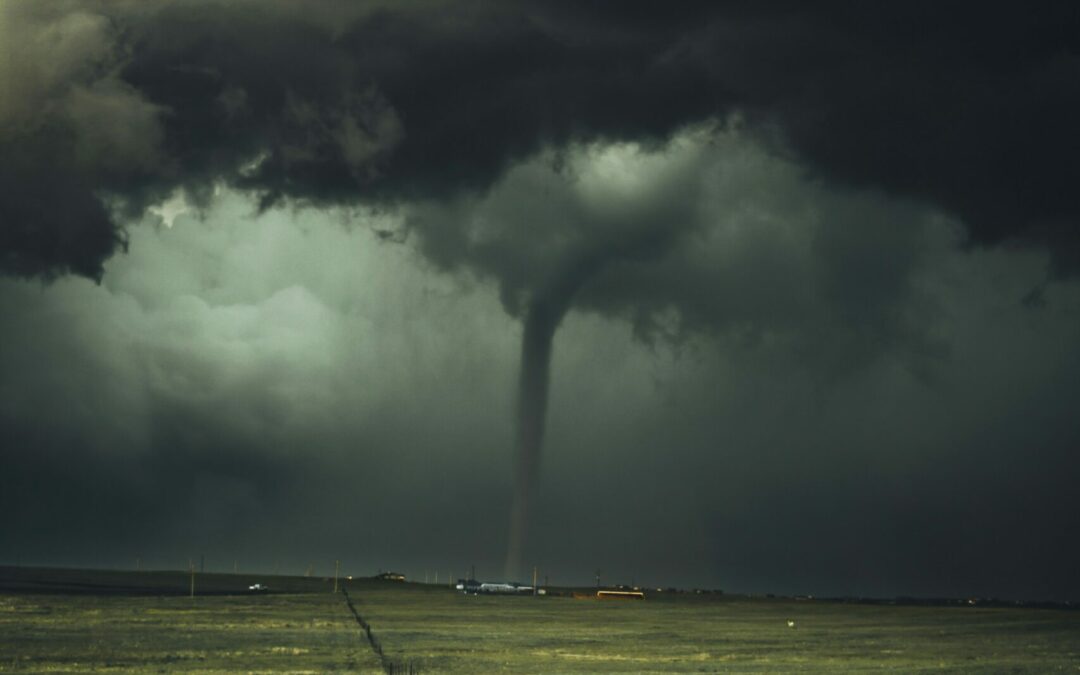The safety topic for the month of March is Severe Weather Preparedness
Living in the Midwest means being prepared for unpredictable weather. Are you ready to handle inclement weather, at home or at work? Now is a better time than ever to prepare for severe weather before the Midwest tornado and storm seasons arrive.
The first step of your preparedness plan should be to stay informed on current weather by monitoring forecasts through local news channels, weather apps, or a NOAA weather radio. Next, create an emergency kit stocked with essentials like water, non-perishable food, flashlights, batteries, a first-aid kit, and any necessary medications. Lastly, it is imperative to identify a safe shelter in your home to seek refuge in, preferably a basement or an interior room on the lowest level away from windows.
Severe weather preparedness should also extend to the outdoors. If you are outside and a storm is approaching, be aware of your surroundings so that you can seek shelter if needed. In the event of a tornado warning, plan to take shelter in a sturdy building, or, if no building is available, lie flat in a low-lying area and cover your head with your hands.
Wherever you are when severe weather strikes, remember to stay calm and encourage others to do the same. After the storm passes, check for injuries and damage, and reach out for help if needed. Being prepared and knowing what to do can help keep you and your loved ones safe during severe weather.
When severe weather strikes while you’re at work, it’s essential to stay vigilant and act quickly to ensure your safety. Familiarize yourself with the emergency procedures established by your workplace, including the location of designated shelter areas and evacuation routes. Pay attention to weather alerts and instructions from management or designated safety personnel. If a tornado warning is issued, seek shelter immediately in the established safe areas, typically interior rooms on the lowest level away from windows. Stay away from large windows, glass doors, and exterior walls. Use furniture or sturdy objects to shield yourself from debris if necessary. If you’re in a high-rise building, move to a lower floor and find a reinforced interior room or hallway.
Once in a safe location, stay there until the storm passes and authorities give the all-clear signal. Stay informed about the situation and follow any additional instructions from emergency responders or building management. By staying prepared and taking proactive steps, you can help ensure the safety of yourself and your colleagues during severe weather events while at work.
To learn more about tornado and severe weather preparedness, visit the following links:
All locations need to conduct tornado drills in the month of March and these drills need to be documented and stored so they are available upon request should that be a necessity.



